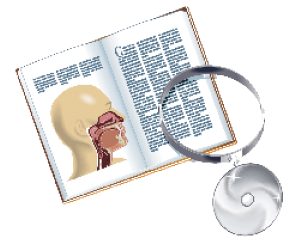 Background
Background
Gastroesophageal reflux disease (GERD) in the pediatric population is associated with problems including esophagitis, irritability, Sandifer syndrome, Barrett esophagus, apnea, asthma, cough, dental erosions, dysphagia, laryngitis, pharyngitis, and aspiration. GERD may possibly be associated with sinusitis, otitis media with effusion, laryngomalacia, and subglottic stenosis, but definitive evidence is lacking for these associations. The diagnosis of GERD in an irritable infant with clinical signs and symptoms of regurgitation, who has no other red flags, can have a trial of empiric medical therapy without further testing. The diagnosis of GERD is less clear in some children with the entities listed above, and a variety of tests for the diagnosis of GERD are available. These tests include: 1) A 24-hour pH probe (pHP); 2) Multichannel Esophageal Intralumenal Impedance Testing (MII); 3) upper gastrointestinal study (UGI); 4) Nuclear Medicine Gastric Emptying Scintigraphy (GES); 5) Esophagoscopy and Biopsy (EBx). Each of these tests for diagnosis of GERD in the pediatric population has advantages and limitations, and none of them are ideal for all patient situations. In this review, the advantages and disadvantages of each of these tests will be presented to assist the clinician in choosing the best test for each child with the suspected diagnosis of GERD.
Explore This Issue
August 2014Best Practice
The pHP was long considered the “gold standard” for diagnosis of GERD, but recent evidence indicates that pHP-MII is superior. Due to some limitations in the standardization of test results, pHP-MII is currently indicated for intractable patients and for correlation of symptoms with reflux episodes. Careful history and physical exam are essential to rule out red flags that mimic GERD before a trial of empiric therapy. Other entities can mimic or be associated with GERD that will not be detected by pHP-MII. Thus UGI, EBx, and GES have limited but specific roles for the diagnosis of GERD and entities such as failed fundoplication, structural abnormalities of the esophagus, eosinophilic esophagitis, and delayed gastric emptying. Read the full article in The Laryngoscope.
Leave a Reply